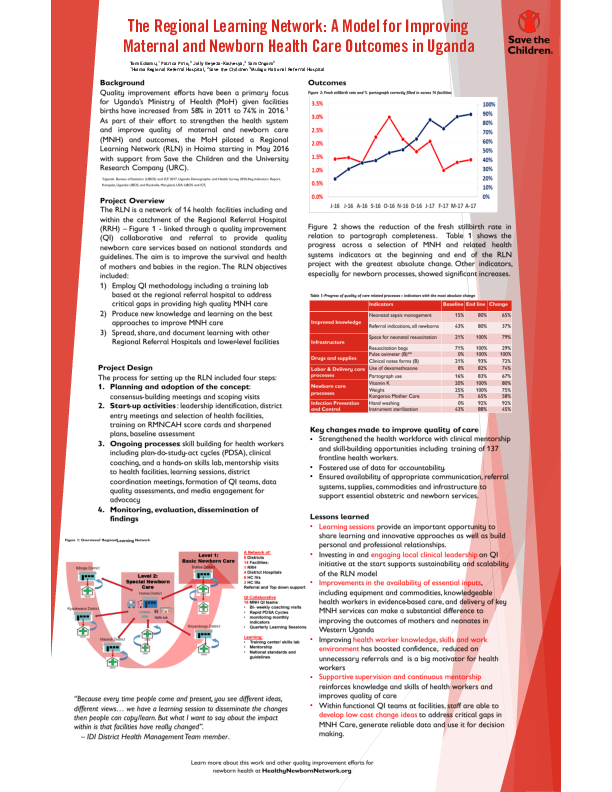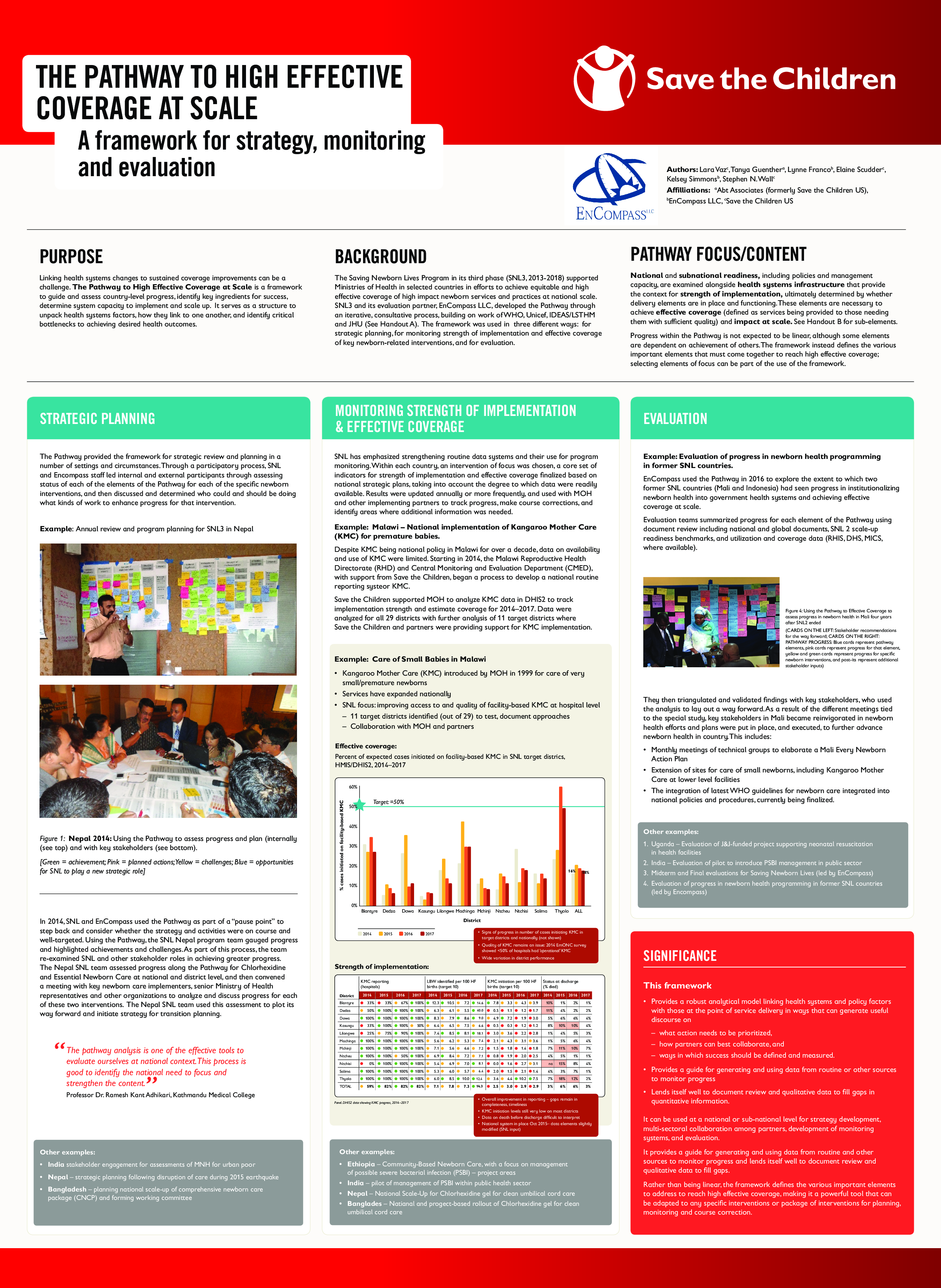
Reports
Childhood Illness and Mortality in Nepal:Trends and determinants
Publication year:
2019
English
Format:
pdf (3.7 MiB)
Publisher:
New Era,Save the Children US,UNFPA, United Nations Population Fund,USAID, US Agency for International Development
This report documents levels, trends and determinants of childhood illnesses (diarrhea, symptoms of acute respiratory infection (ARI, and fever), treatment or advice-seeking practices for childhood illnesses, and childhood mortality (neonatal and under-5 deaths) using data from 2006 and 2016 Nepal Demographic and Health Survey (NDHS).
The findings from this study showed that between 2006 and 2016, the prevalence of diarrhea and symptoms of acute respiratory infection (ARI) among under-5 children declined by 4% and 3%, respectively, while the prevalence of fever increased by 4%. Over the decade, treatment or advice-seeking practices from the health facilities or providers for diarrhea, symptoms of acute respiratory infection (ARI), and fever showed significant improvement. However, children from poor households were less likely to seek treatment or advice from health facilities or providers. Reductions in neonatal and under-5 mortality were documented in Nepal over the decade. In addition, multivariate analysis showed that smaller neonates and neonates who were not weighed at the time of birth were more likely to die in the neonatal period, while neonates born in Province 1 had a lower likelihood of dying compared to those from Province 7 (Sudurpashchim Province). For under-5 children, those who had not received immediate newborn care were more likely to die before their fifth birthday.
Read full abstract
Authors
View & Download
English
1 Documents
Document information
Publisher
Format
Content type
Country
Region
Rights
© Author/Publisher
Found a mistake? Help us improve!
If you have noticed a document assigned to the wrong author or any other inaccuracies, let us know! Your feedback helps us keep our data accurate and useful for everyone.
Related Documents
Share
Link




